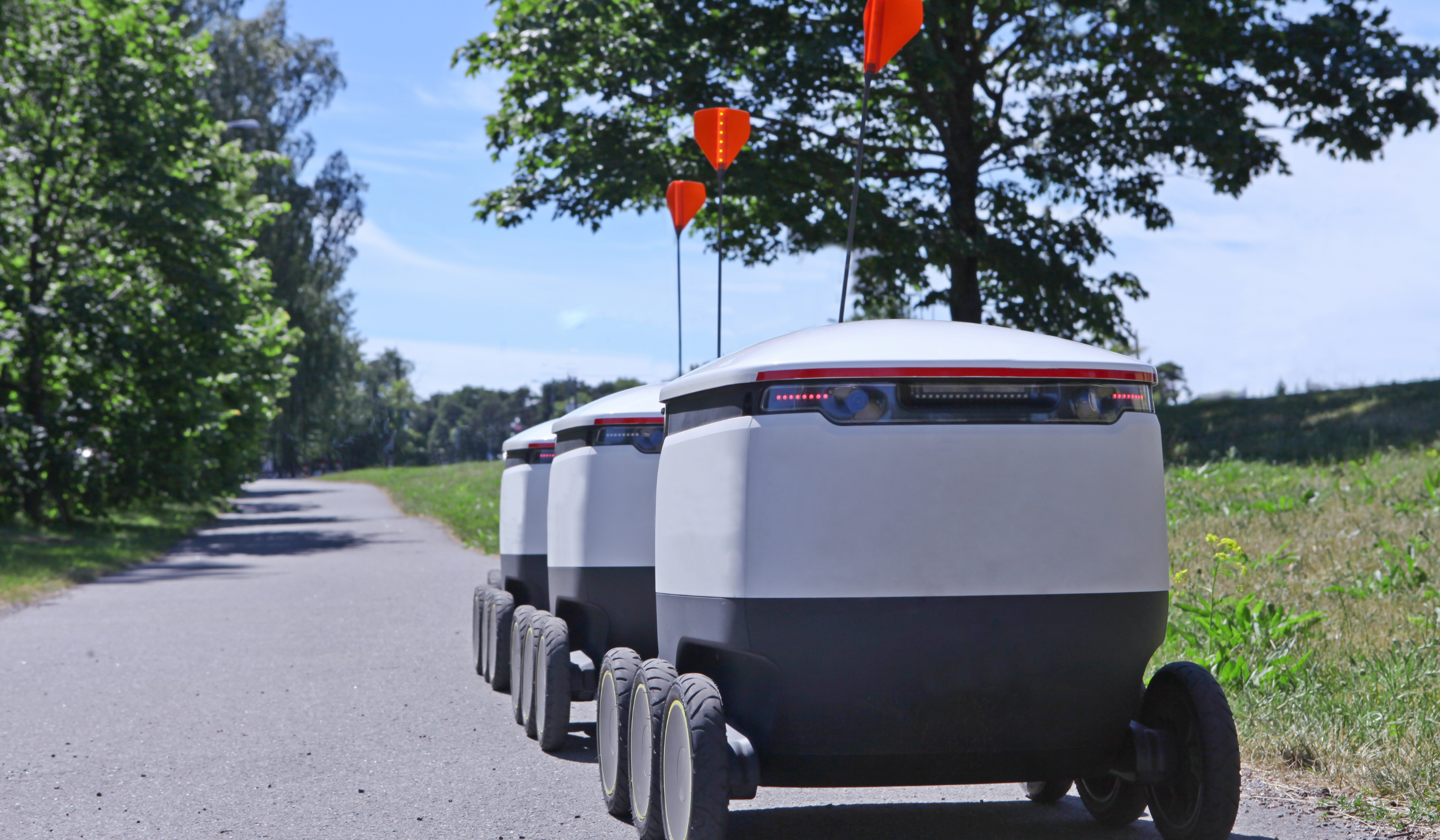RoboBusiness 2015 : Object Sensitive Gripping Panel

Posted on Oct 06, 2015 5:01 PM. 3 min read time
RoboBusiness 2015 was held a couple of weeks ago. On top of the summary of the event that I published here, here is a summary of the Object Sensitive Gripping for Multi-Purpose Applications panel discussion I took part in with colleagues from the industry.
The panel was prepared and moderated by Tim DeRosett, Co-founder & CEO of Blue Ocean Robotics. Other participants were:
- Jeremy Fishel, Head of Research, SynTouch
- Harsha Prahlad, CEO and Co-Founder, Grabit Inc.
- Bill Culley, President, Empire Robotics Inc.
- Martijn Wisse, Founding Director, Delft Biorobotics Laboratory
 Pic from YTenzer
Pic from YTenzer
Here are the main points that were discussed with summary answers from the panel.
Q1. What are the macro trends driving such a high-level of variability in manufacturing and logistics today?
Some of the trends include: shorter product life cycle, fickle customer demands and preferences, the desire for configurable products and the transition to e-commerce, as well as the continuous pressure to increase productivity.
Q2. Gripping can be viewed as a technology that enables robots to do things they previous could not do. Can you provide real world examples of success in this area?
Technically, many high-mix applications in manufacturing are possible using standard grippers and tool changers. It's the ROI that did not make sense when very high flexibility was needed. Machine tending in SMEs is an example.
Q3. Are there particular application areas that demand flexibility that's not available in traditional gripping?
Picking for e-commerce, which deals with millions of different objects is absolutely impossible to perform using traditional gripping.
Assembly tasks are still limited by the gripper specifications. In the future, everything in the service robotics’ market in unstructured environments will require a new generation of gripper.
Q4. Perception is also thought of as an enabling technology. Yet today grasping & perception are viewed largely as separate technologies. Without divulging confidential information, can you envision a time when the two technologies converge? Please explain.
It's already happening. If you look at Fanuc, Rethink and Gomtec (now ABB), they are packaging whole solutions which include perception and gripping. This simplifies the integration and can increase the overall performance of the system. The challenge for them is to have something general enough in terms of perception and in terms of gripping so they can address a wide range of applications. This trend is a risk for gripper providers like us and an opportunity, we'll need to find a way to fit in with these packages. Other participants in the panel are going this way in their specific industries.
 Q5. Several factors drive decisions about the type of gripping technology to use for a particular application. How are you able to balance the need for flexibility, speed, reliability and ROI?
Q5. Several factors drive decisions about the type of gripping technology to use for a particular application. How are you able to balance the need for flexibility, speed, reliability and ROI?
It's challenging, because speed and reliability data can be easily and directly integrated in a ROI calculation while flexibility can't. You really need to find those companies for which flexibility is causing big headaches for their operations..
Q6. How might gripping take advantage of recent advances in rapid prototyping and 3D printing?
3D printing can be used to make custom fingertips or fixtures quickly. This is just an intermediary step until we have truly flexible grippers that can adapt by themselves to the different parts. 3D printing could also be used in the manufacturing of grippers to integrate electronics and sensing.
Q7. Can you describe the trade-off between bullet-proof reliability and ‘consumable’ grippers?
In factories and distribution centers because of the demands placed on the grippers, and the fact that they can't afford to change the gripper every month even if it's really cheap... It needs to be reliable.
CONCLUSION:
I really enjoyed taking part in this panel as everybody had a different and interesting point of view. It also struck me how the tooling manufacturers, just like the industry, are maturing in their business model.








Leave a comment